Understanding Terrain Types: Navigating Mountain Paths
Chosen theme: Understanding Terrain Types: Navigating Mountain Paths. From granite slabs to soft alpine meadows, we’ll decode how different surfaces shape your pace, safety, and joy on the trail. Join us, share your own mountain moments, and subscribe for fresh path-savvy insights each week.
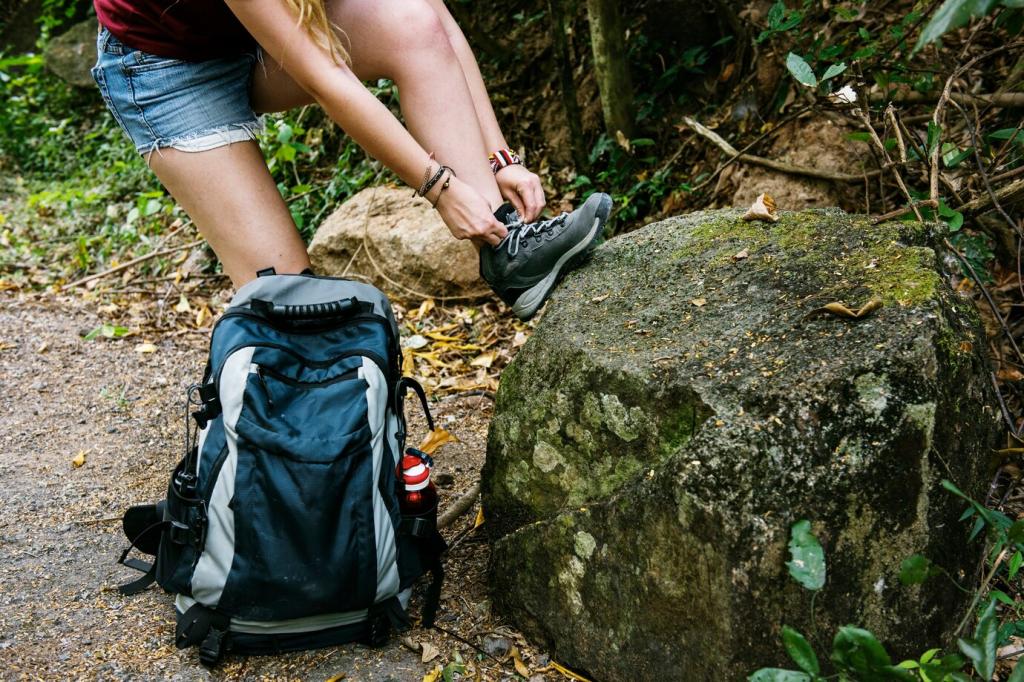
Reading the Mountain: Terrain Types 101
01
Smooth rock slabs reward precise foot placement and steady pressure, especially when dry. Ridgelines offer thrilling exposure and big views, but demand attention to wind, footing, and the way rock angles can funnel you toward safer handholds or unwanted edges.
02
Scree and talus shift under each step; expect the slope to sit around thirty to thirty-five degrees. Move calmly, keep weight centered, and test each rock. If you dislodge stones, warn partners below, and choose lines that minimize cascading debris.
03
Gentle green looks easy, yet alpine meadows can hide soggy patches, burrows, and uneven hummocks. Step lightly to protect fragile plants, follow durable surfaces, and notice how tundra gives way to rock as altitude rises and the tree line fades behind you.
Footwork That Matches the Surface
Edging and Smearing on Slab
On dry granite, trust friction by smearing with a flat foot and applying steady downward pressure. Keep hips over your feet, commit to tiny steps, and avoid sudden pivots. When in doubt, pause, breathe, and reset your stance before moving again.
Zigzagging Loose Scree
Diagonal traverses spread out the load and control momentum. Plant poles slightly uphill, keep knees soft, and allow small slides rather than fighting them. If the slope feels unstable, retreat to firmer ribs or larger, locked-in boulders that won’t skate away.
Negotiating Roots, Mud, and Wet Grass
Roots turn slick when damp, and muddy ruts steal traction. Shorten your stride, place feet on textured edges, and test every step. Wet grass hides holes; probe with a pole and consider skirting steep grassy fall lines by following sturdier, less polished ground.
Weather Changes the Ground You Walk
A brief shower can turn slab into a skating rink and hardpack into slick clay. Expect reduced friction and avoid polished stone. Seek textured surfaces, widen your stance, and slow your cadence. If thunder threatens, descend ridges and avoid high, exposed ground.
Navigation Through Terrain Clues
01
Reading Contours to Predict Ground
Tight contour lines mean steeper slopes, often scree, slab, or cliffs. Wide contours suggest gentler meadows and benches. Anticipate terrain transitions before you reach them, and choose routes that align with your group’s skill, daylight, and energy remaining.
02
Cairns, Trails, and When They Mislead
Cairns can mark the way across rock, yet unofficial stacks sometimes wander. Cross-check with the map, scan for worn tread or paint blazes, and question any marker that drives you into unstable chutes or improbable steps. Trust evidence, not wishful thinking.
03
Recognizing Terrain Traps Early
Narrow gullies, steep bowls, and cliff bands can funnel you into risky positions with few exits. If options shrink and rock quality worsens, stop. Backtrack to a broader rib or bench, and share observations aloud so partners stay aligned on the next move.
Gear That Matches the Mountain’s Mood
Sticky rubber helps on slab; sturdy lugs bite into mud and roots. A rock plate cushions talus impacts, while ankle support can reduce fatigue on uneven ground. Fit matters most—secure heels and roomy toes prevent blisters during long, varied ascents.
Gear That Matches the Mountain’s Mood
Poles add two extra contact points on scree and water crossings. In loose gullies or above objective hazard, a lightweight helmet offers peace of mind. Adjust pole length to slope angle, and stow them on scrambles where hands need the rock directly.
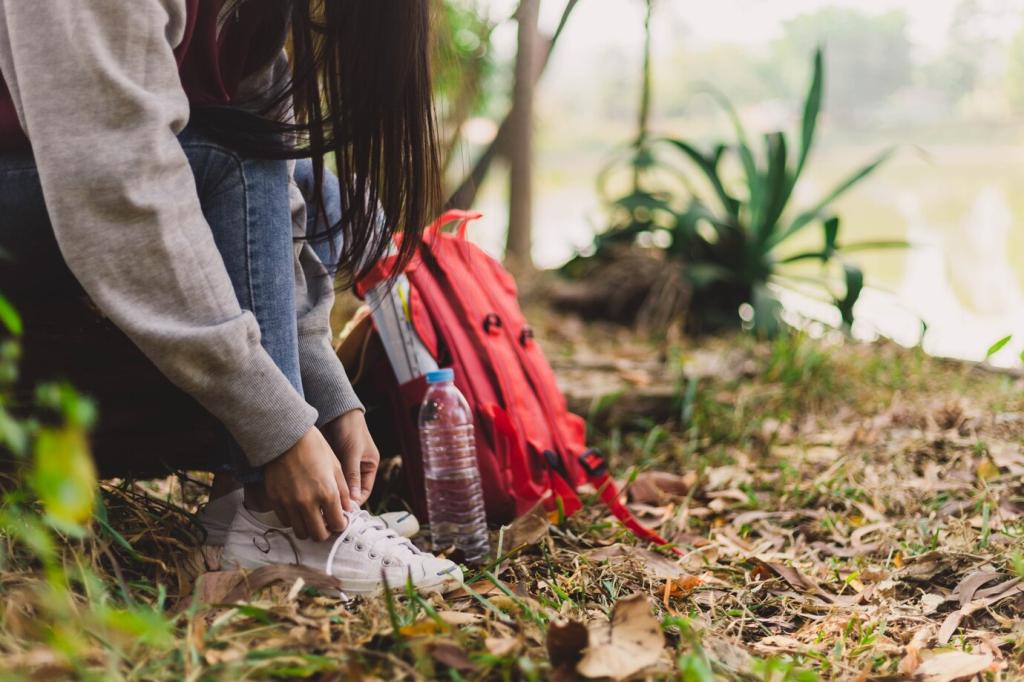
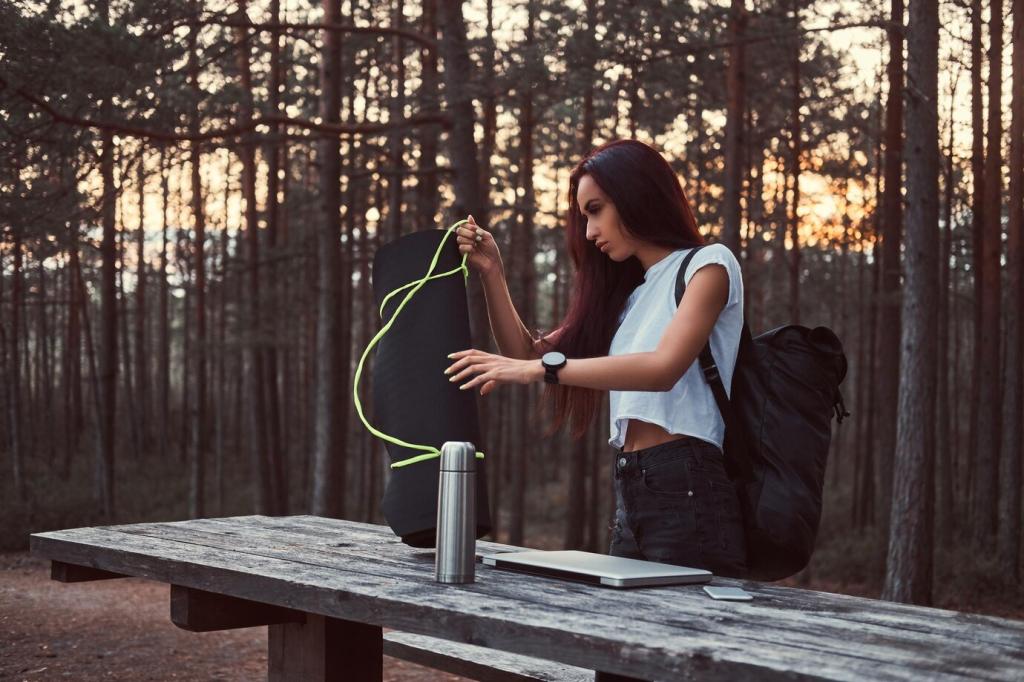
We rushed a loose descent, kicking pebbles like marbles. After one close call, we spaced out, slowed our breathing, and aimed for larger, anchored stones. The slope felt friendlier immediately, reminding us that calm rhythm often beats raw speed on shifting ground.
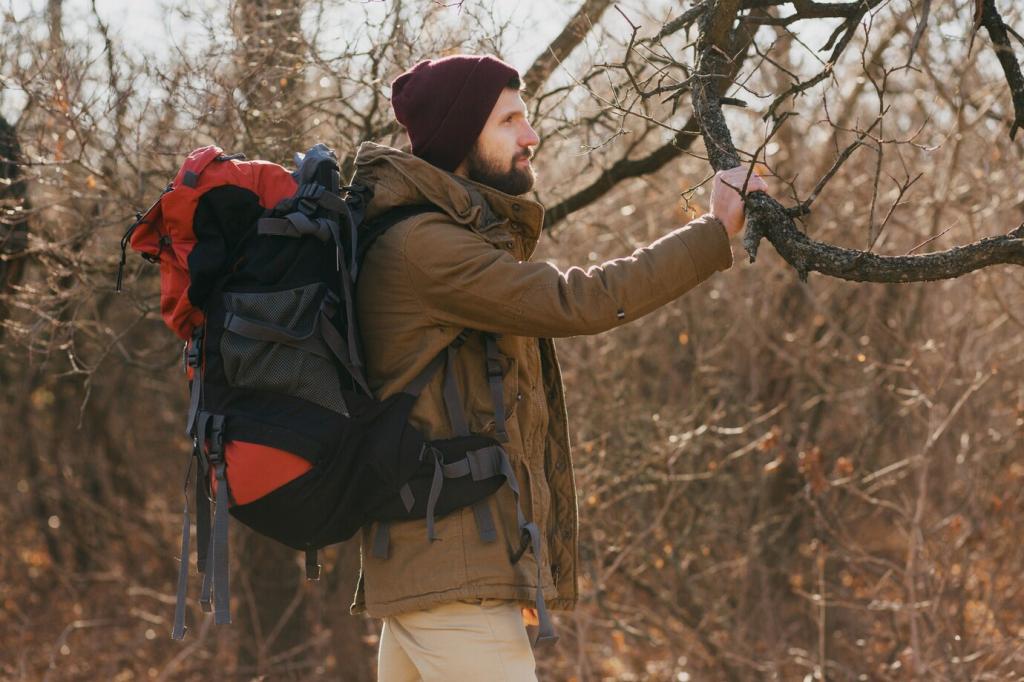
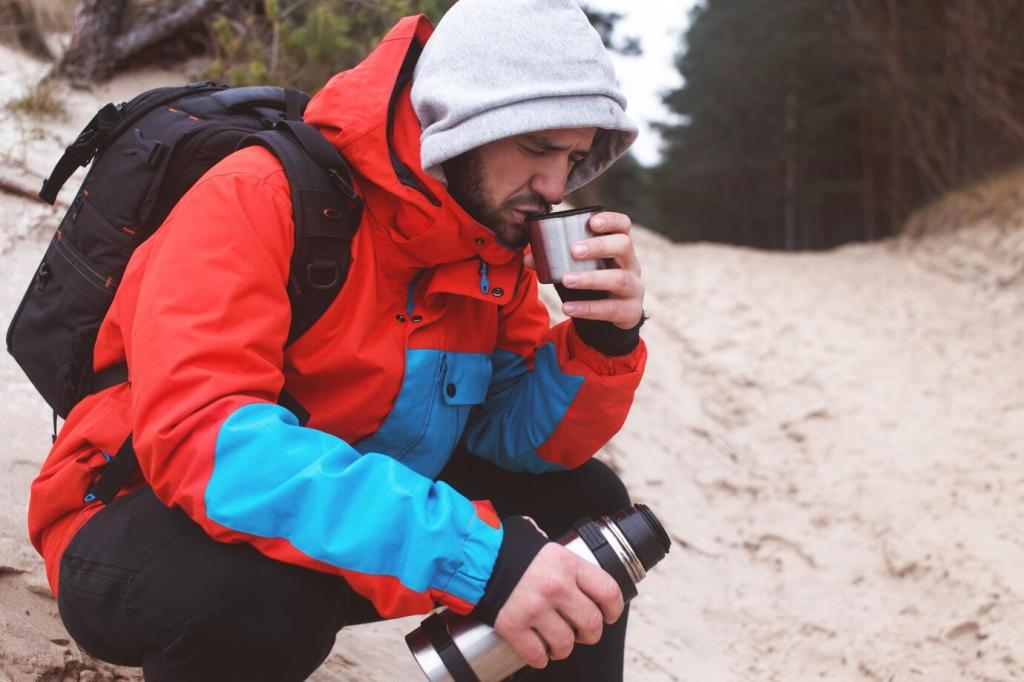

Safety, Stewardship, and Shared Wisdom
Shortcuts across alpine turf scar slowly healing ground. Stick to durable rock, snow, or established tread. If you must step off, fan out rather than creating one new path. Share these practices with friends so the high country stays resilient and wild.
Safety, Stewardship, and Shared Wisdom
On scree and talus, one person moves while the next waits in safe zones. Clear, simple calls—“Rock!” or “Stopping here!”—prevent surprises. Establish these habits early, and invite your group to refine them together as conditions change throughout the climb.
